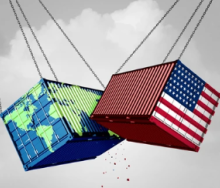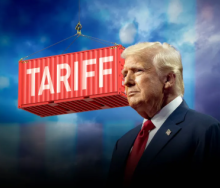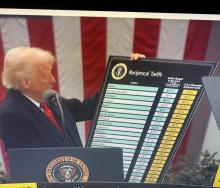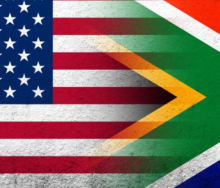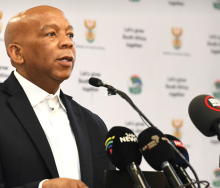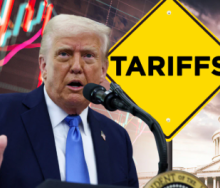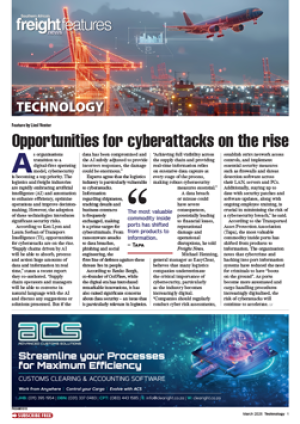Transport costs continue to be the greatest contributor to South Africa’s growing logistics costs, according to the latest Logistics Barometer, a research report compiled by the Department of Logistics at the University of Stellenbosch.
With actual data only available until 2014, estimates for 2015 and forecasts for 2016 indicate this is a trend that is set to continue for the foreseeable future. At R429 billion, the country’s logistics costs in 2014 equalled 11.2% of the country’s GDP and forecasts are that this will increase to at least 11.8% in 2016.
“Transport costs are the dominant contributor to logistics costs, amounting to 57% of the total in 2014, followed by inventory carrying costs (15.2%), warehousing (14.6%) and management & administration costs (13.5%),” said logistics departmental head Professor Jan Havenga. “The contribution of transport costs to total logistics costs is expected to decline to 55% in 2016 mainly due to lower fuel prices - fuel costs made up 40% of road transport costs in 2014. This is the lowest contribution level it has reached since 2010.”
But, he said, due to spatial land issues and infrastructure challenges transport costs in South Africa remained unreasonably high.
At the same time the over-reliance on road transport also impacted on cost.
“Road transport contributed 83% to transport costs in 2014, rail tariffs contributed 15% and pipeline tariffs 2%,” said Havenga.
Despite a lower fuel price, fuel still contributes the highest factor to the transport costs at around R90 billion a year.
“Demand for land freight transport reached 848 million tonnes in 2014, an increase of 8.4% from 2013. It is estimated that freight volumes increased to 865m tonnes in 2015 and are set to decrease to 856m tonnes by the end of 2016, mainly due to lower bulk mining exports,” explained Havenga.
The primary economy (agriculture and mining) was responsible for 76% of total volume but only contributed 44% to the transportable GDP. In contrast, the secondary (manufacturing) sector made up the remaining 24% of volume, but added 56% value to the transportable economy.
He said if South Africa invested in more beneficiation of raw materials it would undoubtedly result in the logistics costs relative to GDP dropping.
He said with a transport-intensive economy South Africa needed to move more fast moving consumer goods to rail.
“The rail market is currently only about 20% while it should be somewhere in the region of 50 to 60%. Even if rail got its full market share through an aggressive rail strategy we would still require a huge amount of road transport,” he said, referring to the ongoing debate over the impact of moving cargo to rail from road.
“If one takes the average product in South Africa and looks at the cost of it then more than half of its embedded value is due to logistics. That is not the actual production process or the cost of the raw material or the value-added production along the way,” said Havenga. “If we look at it from this perspective then it is quite scary and then we have to admit that we need to address the situation and bring logistics costs down significantly.”
He said over and above more beneficiation and moving more cargo to rail South Africans were also going to have to look at excessive choices in addressing increasing logistics costs. “Sometimes you just need too much logistics and as a country we are going to have to take a careful look at what we move and why we are doing it.”


